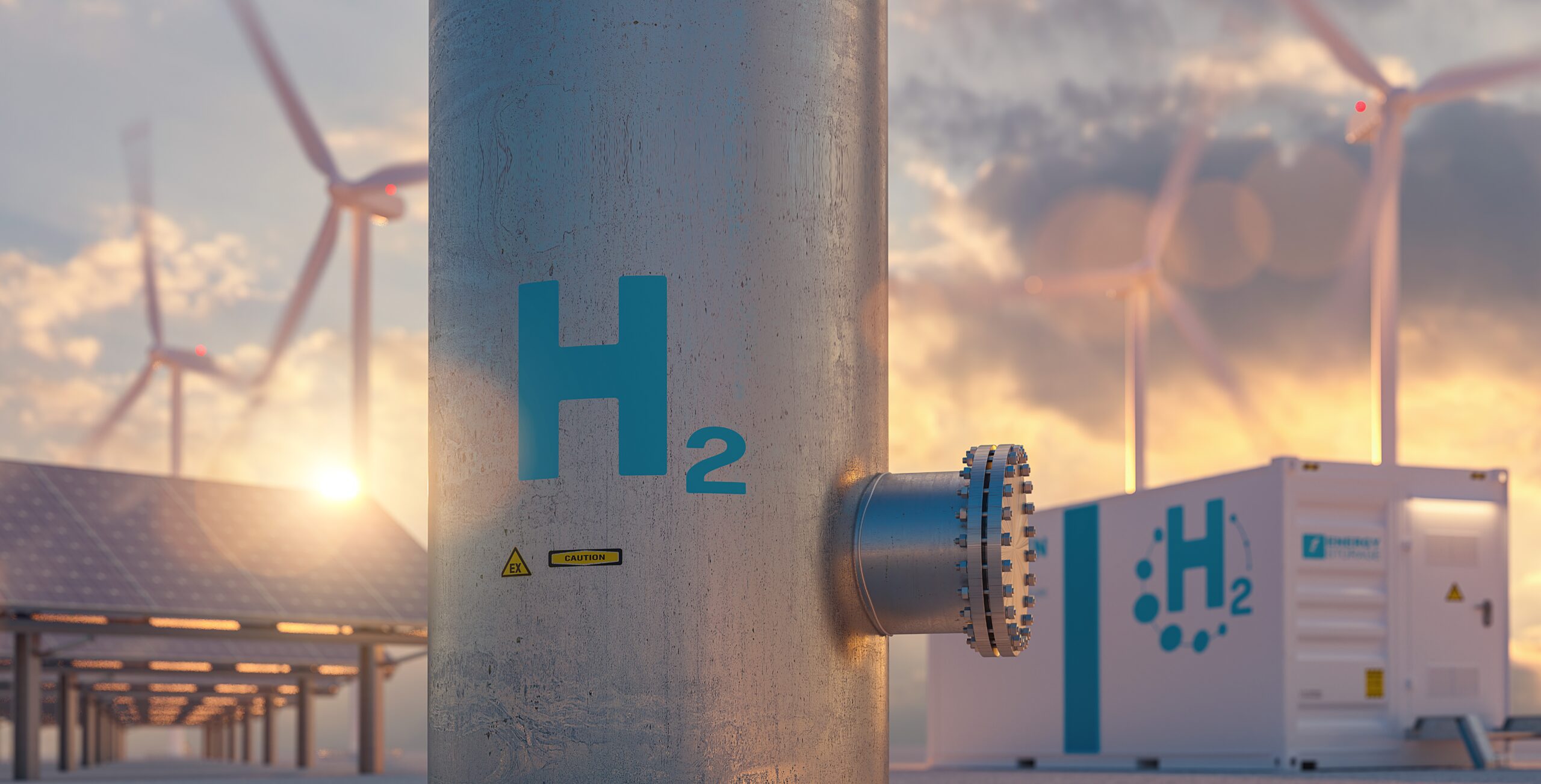Former chief scientist Dr Alan Finkel has expressed explicit support for blue hydrogen and carbon capture technology, while heralding the era of cheap battery storage being led by China.
Speaking at the Future Energy Exports Cooperative Research Centre annual conference, Dr Finkel said blue hydrogen “has every right to sit alongside green hydrogen” so long as its low emissions intensity can be proven through the government’s Guarantee of Origin Scheme.
Dr Finkel, who is chair of the government’s Technology Investment Committee, made the comments two days after the federal budget committed $2 billion to a green hydrogen production credit program.

Blue hydrogen is produced from fossil fuels, but the process is made to have a low-emissions intensity through the use of carbon capture and storage.
When asked by InnovationAus.com in February whether the federal government should bolster support for blue hydrogen developments, Dr Finkel was ambivalent, saying he is currently interested in renewable hydrogen because it can be scaled.
He also previously spent time in an address to the Australian Hydrogen Conference in May 2022 interrogating emissions studies against blue hydrogen.
Making a case for the use of carbon capture technology, Dr Finkel said that the energy export industry must consider “the role of incremental improvements versus going for zero”.
“No-one knows the answer, but when I look at what is happening overseas it seems that the strongest interest is to aim for zero. That is certainly the case in electricity generation, where zero-emissions electricity can be delivered by solar, wind, hydropower or nuclear power,” Dr Finkel said on Thursday.
“It appears to be the case for steelmaking, where the excitement is in zero emissions hydrogen direct reduced iron production rather than small improvements to blast furnace operations.
“Going for zero is certainly the case for carbon capture. Tell somebody that the emissions were captured at the 60 per cent level, and you will hear a tirade of complaints about the 40 per cent that was not captured. Anything short of a 90 per cent capture rate, measured over the whole of the annual production cycle, will be met with disdain.”
Dr Finkel also noted that while each jurisdiction will develop its own threshold for low-emissions intensity, the United States’ Inflation Reduction Act incentivises hydrogen production at a carbon emissions intensity of 1.5kg per kilogram of hydrogen produced, which may become a “default targeted”.
He also suggested an “ultimate target of” carbon emissions intensity of 0.45kg per kilogram of hydrogen produced, for blue hydrogen.
The Commonwealth government is currently reviewing the National Hydrogen Strategy to ensure in light of global hydrogen industry policy developments since it was published in 2020. Dr Finkel believes an update of the strategy should focus on using hydrogen as a feedstock for local industries, such as green steel and jet fuel.
Dr Finkel also doubts that hydrogen will replace the role of gas in the provision of domestic heating given the energy efficiency advantage of heat pumps and because the electric heat pump industry “is moving much faster than the hydrogen heating industry”.
Treasurer Jim Chalmers’ on Wednesday stressed “the mainstream view is that hydrogen is a big, big chance for Australia”, and that Australia could become a “world leader in producing and exporting hydrogen power”.
“Now, if you’d said to me 10 or 15 years ago that $2 billion to contribute to this big opportunity, this big industrial opportunity, was premature, then maybe that would have been the case,” the Treasurer said, responding to journalists following his speech.
“But now I’m really confident that this is a good part of the developments in clean energy technology that we should be part of.”
On Wednesday morning ahead of the Treasurer’s speech, Rewiring Australia chief executive Saul Griffith expressed his concerns that the proportional level of Commonwealth support for hydrogen is misplaced.
“It’s fairly clear that [hydrogen money] won’t eliminate any emissions in the Australian domestic economy by 2030…[In the budget there’s] $2 billion for electrification, $2 billion for hydrogen, I think that ratio is wrong,” Mr Griffith said.
“Hydrogen will make a small difference to the Australian economy, it’s critical for part of the steelmaking process, it’s critical for ammonia, but really the hydrogen play that we’re imaging is this giant export play, and that’s not decarbonising Australia.”
While in Germany in January, Climate Change and Energy minister Chris Bowen said that the government was “dedicated to green hydrogen”, although he acknowledged there are blue hydrogen projects in development.
Dr Finkel also told the conference on Thursday that by the end of the decade, he can see a future where solar and wind generation are supported by grid-scale batteries capable of storing energy out to 12 hours. He also believes “the price of batteries will plummet”.
“They will probably outcompete future pumped hydro on all-up capital costs, and because of their high round-trip efficiency will outcompete hydrogen energy storage and compressed air energy storage on operating costs.”
This will be driven by the increasing adoption of lithium ferrous phosphate battery chemistries for grid-scale batteries, he said, replacing the need for more expensive nickel and cobalt inputs. He also anticipates a “boom in sodium-ion batteries”.
“These do not use any rare or expensive chemicals at all. They contain sodium, carbon and various combinations of small amounts of tin, phosphorus, iron and manganese oxides.”
“Just two years ago, sodium ion batteries were not taken seriously, but then the Chinese battery manufacturer CATL – the largest battery manufacturer in the world – announced that it was planning mass production of sodium ion batteries.”
Do you know more? Contact James Riley via Email.

